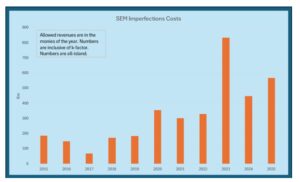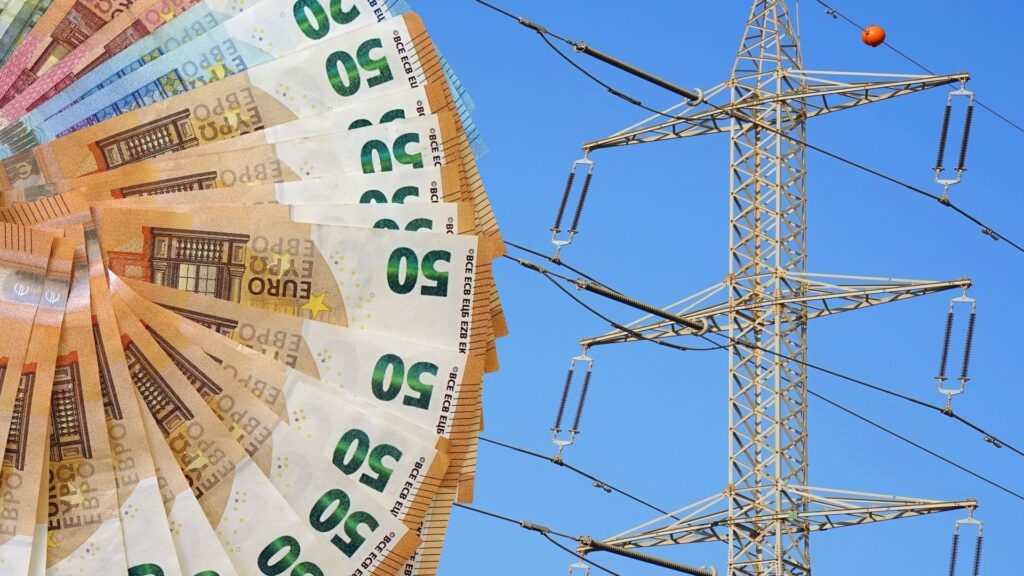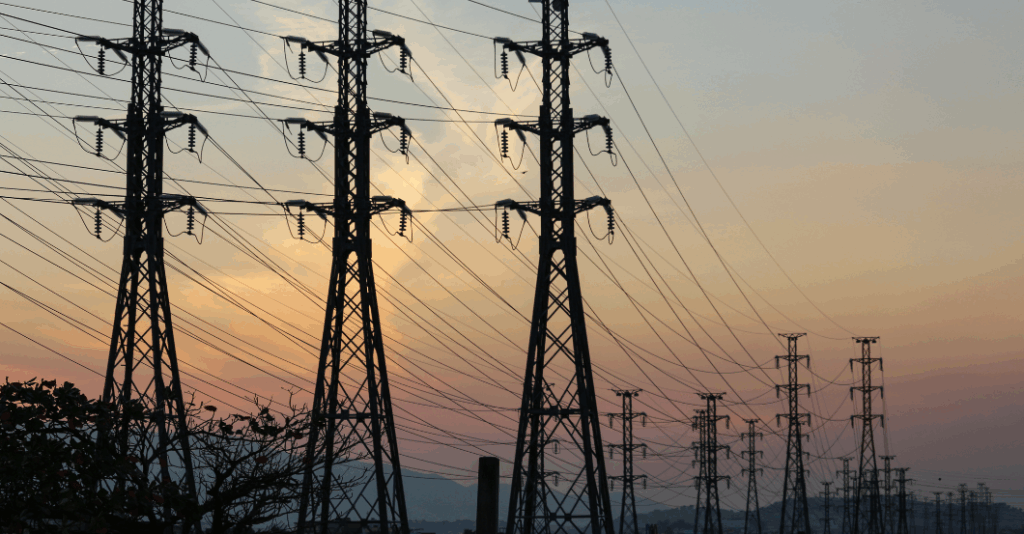Over the next year or so you, and other Irish electricity consumers, will pay nearly one billion euro in imperfection charges. It’s one of the drawbacks of our electricity grid not being strong enough and it costs us hundreds of millions of euro each year.
First, let’s start with explaining what imperfection charges are as it’s one of those hidden costs in your electricity bill of which most people aren’t aware.
In theory, the electricity market functions based on the best price for the electricity consumer. The cheapest generators are used to provide the power we need and, as electricity demand rises, we bring on new generators based on who is offering to sell their power at the best price.
If, for example, electricity demand on the island of Ireland is 4,000 MW, and rises 50 MW, then the cheapest generators offering those 50 MW are the ones that get to produce power.
That’s the theory. It often works that way; but not all the time.
In real life the best-priced generator might be in a part of the country where the electricity grid is already operating at capacity and there’s no way to get their power out. So instead EirGrid, who operate the electricity system, instruct a more expensive generator to provide the power we need.
It can also happen when we need to run more expensive generators because there is a part of the grid out for maintenance, for example, or when we need to use a fossil-fuel generator to ensure system stability.
Put simply, instead of running more affordable generators as scheduled, EirGrid must tell higher-priced generators to provide power instead, often at short notice.
And someone has to pay for this.
As you can see in the chart below (taken from this excellent recent ESB paper on electricity affordability) imperfection charges have been rising. In 2025/26 they were €567.21 million and they’ll rise to €883.23 million for 2026/27. Just to note, these are all-island figures, and electricity consumers in the Republic can expect to be paying around 80 per cent of this.

To cover the cost of running the more expensive generators, and compensating the more affordable, scheduled, generators who are told to switch off, EirGrid is allowed to charge electricity suppliers – the people who sell you your power – and they generally pass the charges on to consumers in higher bills. It’s in your bill, you just don’t see it.
There are a couple of reasons imperfection charges are rising.
- First, generally speaking, when you’re switching on a more expensive generator it’s gas-powered and, with the price of gas still nearly double what it was a couple of years ago, that’s going to cost.
- Second, we’re having to use these generators more as renewable energy is wasted due to constraints on the electricity grid. Last year 14 per cent of the wind power we could have produced was lost because the transmission system couldn’t handle it.
So, how do we fix this? Well, there are a few things we need to do.
- First, we need to strengthen the electricity grid. We need more power lines, more substations, more underground cables and we need projects like the North-South Interconnector. The stronger we make our electricity grid, the less we have to pay in imperfection charges.
- Second, we need more battery projects which we can use instead of expensive gas generators if we do need to adjust how the market is operating. We can do this to an extent but market rules mean we’re not getting the full benefit of the 750 MW of batteries we currently have installed. There’s hope that will change soon.
- Third, we need more synchronous condensers like the one ESB has built at Moneypoint. Mark Coleman has a great Twitter thread explaining this in more detail but, basically, we can use synchronous condensers to provide system stability without needing to switch on gas generators. Saves money and cuts carbon emissions. Win-win.
We’re seeing progress in delivering all three of those solutions, and others, but the faster we can roll them out the sooner we can stop paying the price of imperfection.


